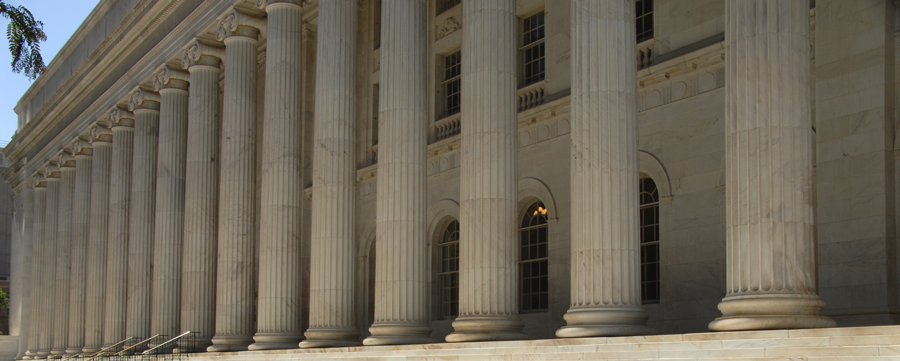Abstract
Isolation, I suggest, should be analyzed constitutionally, much as physical restraints are now. As I describe in detail below, recent Supreme Court case law and longstanding lower court precedent has insisted that prisons and jails limit their use of physical restraints to situations in which those restraints are necessary for contemporaneous control and security—not as deterrent or punishment. This Essay asserts that isolation and the use of mechanical restraints should be treated as almost identical interventions in terms of rationale, duration, monitoring, and creation of law and policy. Isolation units are not a fixed, invariable condition of penal confinement. Penal isolation is variable in its extremes of deprivation. At its most extreme, it should simply be banned; in its less onerous forms, isolation should be sharply limited, closely monitored, and very closely regulated. This reform may well require abandonment of “supermax” confinement as well as the even more restrictive, primitive “dark cell.”
Keywords
Solitary confinement, Social isolation, Imprisonment, Isolation, Physical restraint, United States
